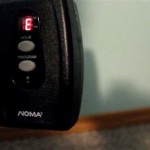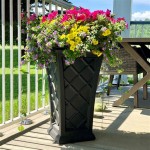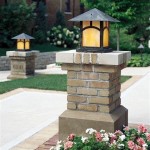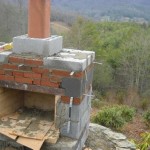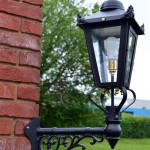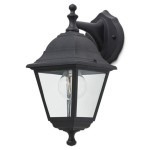How To Install An Outdoor Gas Fireplace
Installing an outdoor gas fireplace can transform a patio or backyard into a cozy and inviting space. However, it's a complex project requiring careful planning and execution. This guide provides a comprehensive overview of the installation process, highlighting key considerations and steps for a successful outcome. Professional assistance is highly recommended for individuals lacking experience with gas lines and electrical work.
Planning and Preparation
Before beginning the installation, careful planning is crucial. This includes selecting the appropriate location, acquiring necessary permits, and choosing the right fireplace model. The location should be well-ventilated and comply with local building codes regarding proximity to structures and property lines. Contacting local authorities for permit requirements is essential before purchasing any materials or commencing work. Choosing a fireplace model should consider factors such as size, BTU rating, and desired aesthetic.
Gas Line Installation
Installing a gas line to the fireplace location is a critical step best handled by a qualified gas professional. This typically involves running a new line from the main gas meter or tapping into an existing line. The professional will ensure proper pipe sizing and pressure regulation for optimal fireplace performance and safety. All connections must be tested for leaks before proceeding further.
Electrical Connections
Most outdoor gas fireplaces require electrical connections for ignition and other features like lighting or fans. A dedicated circuit with appropriate amperage, as specified by the fireplace manufacturer, should be installed by a licensed electrician. Wiring must be weatherproof and properly grounded to ensure safe operation in outdoor conditions.
Constructing the Base
A stable and level base is essential for supporting the fireplace. The type of base required depends on the fireplace model and the existing surface. A concrete pad is commonly used, providing a strong and durable foundation. The base should be constructed according to the manufacturer’s specifications, paying close attention to dimensions and load-bearing capacity. Proper drainage should also be incorporated to prevent water accumulation.
Assembling the Fireplace Unit
Once the base is cured, the fireplace unit can be assembled. This typically involves assembling the firebox, installing the burner, and connecting the gas line and electrical components. It's crucial to follow the manufacturer’s instructions meticulously during this process. Using the correct fasteners and sealants is essential to ensure the structural integrity and weather resistance of the fireplace.
Venting and Chimney Installation
Proper venting is crucial for safe operation. Most outdoor gas fireplaces require a chimney or vent system to exhaust combustion byproducts. The type and height of the vent will depend on the fireplace model and local building codes. The vent system should be installed according to the manufacturer’s instructions and inspected for proper sealing and clearances.
Finishing and Inspection
After the fireplace unit is assembled and the venting system is installed, the finishing touches can be applied. This may involve adding a façade, mantel, or other decorative elements. Once the installation is complete, a final inspection by a qualified professional is recommended. This inspection will ensure that the fireplace is installed correctly, meets all safety requirements, and is ready for use.
Safety Precautions
Throughout the installation process, adhering to safety precautions is paramount. Always turn off the gas supply at the meter before working on any gas lines. Wear appropriate safety gear, such as eye protection and gloves. Never attempt to modify or bypass safety features. Consult local building codes and regulations for specific requirements and ensure compliance throughout the project.
Maintenance and Care
Regular maintenance is essential for the longevity and safe operation of the outdoor gas fireplace. This includes cleaning the burner and firebox, inspecting the venting system, and checking for gas leaks. Consult the manufacturer’s recommendations for specific maintenance procedures and schedules. Proper care will ensure the fireplace remains a safe and enjoyable feature for years to come.
Choosing the Right Materials
Selecting appropriate materials is vital for the durability and aesthetic appeal of the fireplace. Consider using weather-resistant materials for the surrounding structure and façade. Choose materials that complement the existing landscape and architectural style of the home. High-quality materials will ensure the fireplace withstands the elements and maintains its appearance over time.

The Outdoor Greatroom How To Build An Gas Fireplace

How To Build A Gas Fire Pit Woodlanddirect Com

How To Build A Gas Fire Pit Woodlanddirect Com

How To Make An Outdoor Gas Fireplace With Diy Pete

Patio Fix Ups Install An Outdoor Fireplace Or Fire Pit World

How To Build An Outdoor Fireplace Step By Guide Buildwithroman

How To Select And Install A Gas Fireplace Log Set Fireplaces Direct Learning Center

How To Install A Gas Fire Pit

How To Build An Outdoor Fireplace Step By Guide Buildwithroman

Outdoor Gas Fireplaces Landscaping Network
Related Posts
